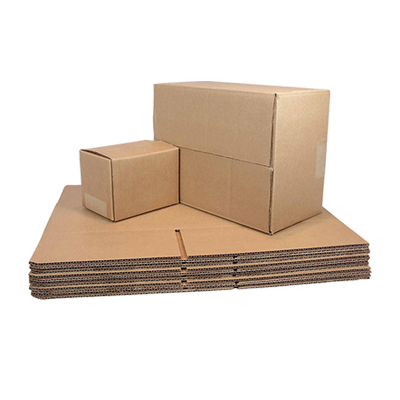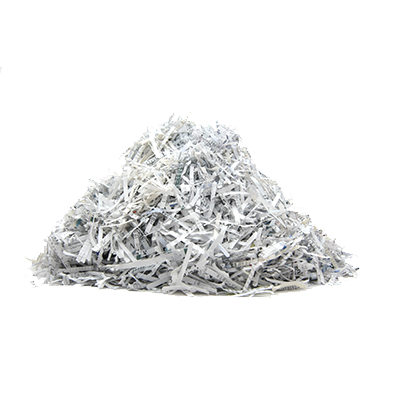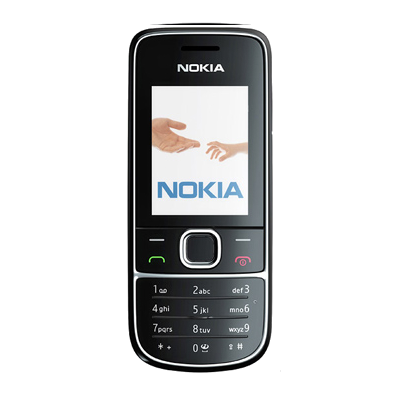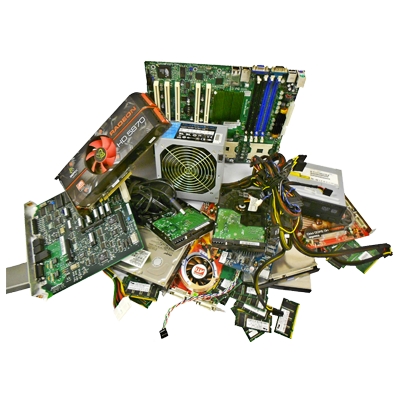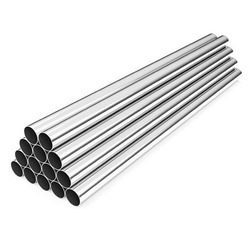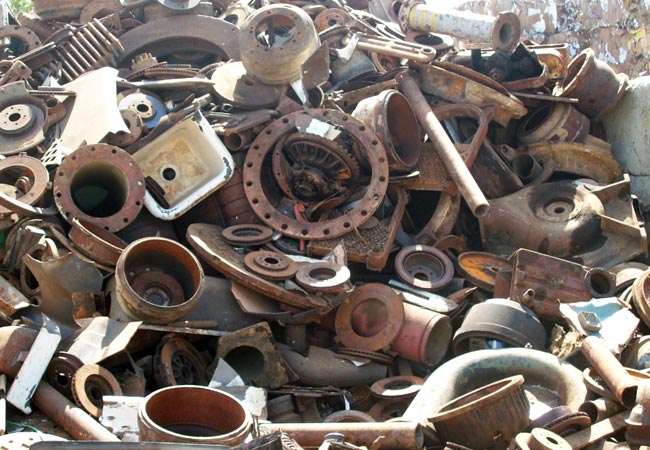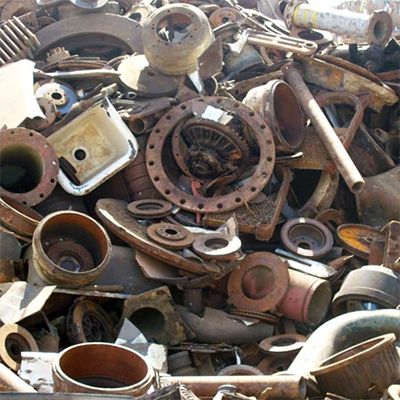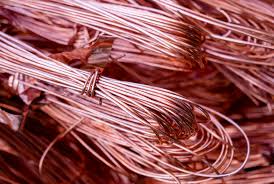
2021-04-20
Mercury in the Air
Due to the inconvenience of load shedding we went through until a few years ago, many households and offices purchased invertors and generators for back up electricity. And since regular filament light bulbs required a lot of electricity, the same households and offices switched to compact florescent light (CFL) bulbs to conserve precious energy. Today, these CFL light bulbs are being replaced with light-emitting diode (LED) bulbs, which are significantly more efficient at energy use than CFL bulbs. So where are the used CFL bulbs being disposed? Landfills.
CFL bulbs and florescent tube lights (still being used commonly today) contain mercury. A single CFL bulb contains around 5 milligrams of mercury, and a single tube light contains around 50 milligrams. Individually, these trace amounts of mercury cannot have lasting impact on human health. But, annually, Kathmandu imports around 5 mercury-filled light bulbs. If an entire city is dumping mercury-filled light bulbs, the amount of mercury being exposed in the air can be extremely harmful due to the high dosage or continued exposure. Mercury poisoning causes lung damage, brain damage, kidney failure, and even death. While an average person will not be exposed to enough mercury to suffer its consequences, the amount of mercury being spread in the air from landfills is still not safe.
What do you do if you break a mercury light bulb? You want to clean it up as quickly as possible. Make sure there are no children or pets in the room. Open the windows to allow as much ventilation as possible. Make sure you don’t use your bare hands while cleaning up. Do not use a vacuum cleaner, as that may disperse the mercury more widely. Once you have cleaned up, dispose of the broken glass separately from your regular waste. For extra safety, avoid the area where the bulb broke for at least a few hours. As you can see, this is a dangerous and time consuming process—not really a proper solution for disposal.
Fortunately, Doko Recyclers has found a solution for safe disposal of mercury light bulbs. We have secured a bulb eater through a fundraising campaign for the first commercially available bulb eater in Nepal. A bulb eater is able to recycle 100% of the glass from light bulbs, and capture up to 99% of the toxic vapors released. This is a safe alternative to disposing of our light bulbs in landfills.
Let’s work together to make our city cleaner and our air safer.
-Pranav Rajouria






